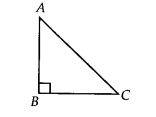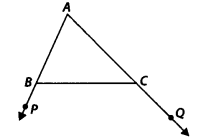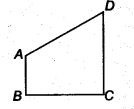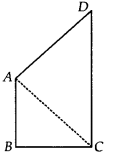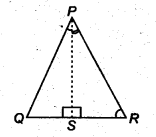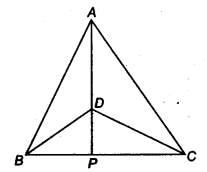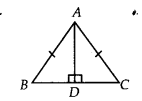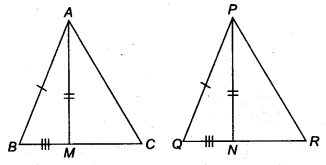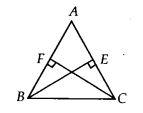EVENTS CONVENT HIGH SCHOOL
10/02/2022 CLASS- 6 SESSION 2021-22
SUBJECT : SOCIAL SCIENCE GEOGRAPHY
CHAPTER-7
OUR COUNTRY
______________________________________
1. Tick the correct answer.
(a) The southernmost Himalayas are known as …………….
(i) Shiwaliks
(ii) Himadri
(iii) Himachal.
(b) Sahyadris is also known as …………
(i) Aravali
(ii) the Western Ghats
(iii) Himadri.
(c) The Palk Strait lies between the countries ……………
(i) Sri Lanka and Maldives
(ii) India and Sri Lanka
(iii) India and Maldives.
(d) The Indian islands in the Arabian sea are known as ……………….
(i) Andaman and Nicobar Islands
(ii) Lakshadweep Islands
(iii) the Maldives
(e) The oldest mountain range in India is the ……………
(i) Aravali hills
(ii) the Western Ghats
(iii) Himalayas
Answer:
(a)—(i), (b)—(ii), (c)—(ii), (d)—(ii), (e)—(i)
2. Fill in the blanks.
- India has an area of about…………..
- The Greater Himalayas are also known as……………
- The largest state in India in terms of area is……………..
- The river Narmada falls into the……………
- The latitude that runs almost halfway through India is ……………….
Answer:
- 3.28 million sq. km
- Himadri
- Rajasthan
- Arabian
- The Tropic of Cancer.
3.True/False State whether these sentences are true (T) or false (F).
- Lakshadweep islands are coral islands.
- The eastern coastal plains are much broader.
- The Northern Indian plains lie to the south of the Himalayas.
- The Bay of Bengal lies east to India.
- Canada has five time zones.
- High concentration of population is found in plateaus.
Answer:
- True
- False
- True
- True
- False
- False.
4.Match the items in column A correctly with those given in column B.
Very Short Answer Type Questions
1. What is the north-south extent of India?
Answer: The north-south extent from Kashmir to Kanyakumari is about 3,200 km.
2. What is the east-west extent of India?
Answer: The east-west extent from Arunachal Pradesh to Kuchchh is about 2,900 km.
3. How does the local time change? [V. Imp.]
Answer: The local time changes by four minutes for every one degree of longitude,
4. What is the difference between the time of sunrise in Arunachal Pradesh and Gujarat?
Answer: The difference between the time of sunrise in Arunachal Pradesh and Gujarat is two hours.
5. On what basis have the states been formed?
Answer: The states have been formed on the basis of languages,
Short Answer Type Questions
1. Where are the world’s highest peaks located? [Imp.]
Answer: The world’s highest peaks are located in the Great Himalayas or Himadri.
2. What is a peninsula?
Answer: A peninsula is a piece of land surrounded by water on all the three sides,
3. Define the term desert.
Answer: A desert is a dry, hot and sandy stretch of land with very little vegetation,
4. Name the two important hill ranges that lie in the peninsula plateau
Answer: The Vindhyas and the Satpuras.
5. What is called the mouth of the river?
Answer: The point where rivers enter the sea is called the mouth of the river,




